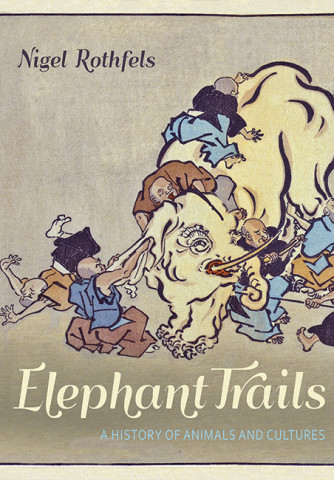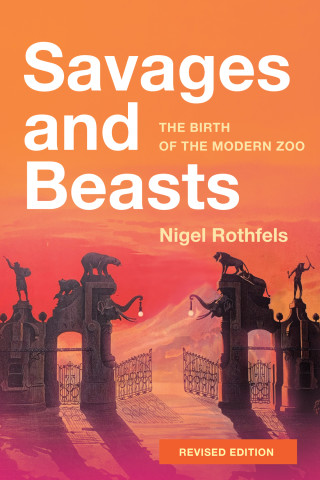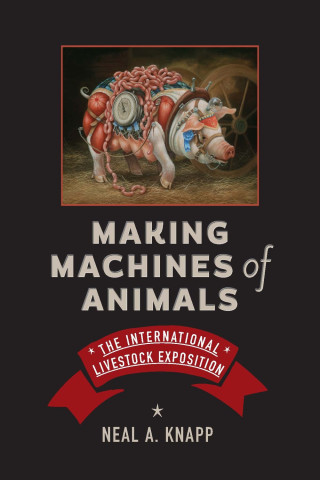
Reviews
Rothfels is attuned to the ironies pervading zoos' mediation of people and animals and understands that zoos operate according to entrepreneurial rather than environmental principles... The history of human displays conducted under the guise of anthropology and ethnography has been documented before, but never with such a keen sense of connection between these and zoo operations. Rothfels uses the experience of Carl Hagenbeck, a 19th-century animal dealer and a prominent force behind both zoos and human displays, to document the insidious links between the two enterprises: part of the sordid historical legacy that zoos have never confronted, much less expunged.
Rothfels... focuses on the 19th-century origins of modern zoos and the man who made it all happen. Carl Hagenbeck, a German animal dealer and zoo visionary, was the owner of the first zoo without bars, and he invented the use of a moated display and many other now-standard techniques. Savages and Beasts is a fine read, in which good use of picture archives has complemented the writer's extensive documentary research.
It is Nigel Rothfels' great service to show how Carl Hagenbeck's growing experience in mounting his ethnographic spectacles, and his observation of the public's reception of them, led to ideas culminating in a new kind of zoological park... Rothfels has written a genuinely important book for anyone interested in zoos, his perspective is new and convincing.
Convincingly argues that the image of Hagenbeck as a modern-day Noah, a great animal lover trying to educate the public about the wonders of nature, belies the basic nature of Hagenbeck's enterprise. That enterprise had very little to do with love for animals, and everything to do with making money. More generally, Rothfels raises questions about past practices of exhibiting animals (and people) and about what zoos of the present are all about.
Important, timely, and stimulating... A rich source on so much; Rothfel's account of Hagenbeck's consolidation of the animal trade, for instance, is exemplary, the mobilization of much research into a lucid exposition of overarching trends.
This is much more than a history of Hagenbeck's many successes. It is an historical explanation for why the environments of zoos today are meant to mask the human character of the places in which animals are forced to live their unnatural lives.
The book is a good read and provides an interesting historical perspective... In short, this is an interesting book; it tells the story of [Carl] Hagenbeck, his peoples and animals from a slightly different perspective.
Rothfels's work elucidates how zoos offer a carefully scripted version of how human beings should understand animals.
A fascinating if disturbing tale of animal and human display.
Savages and Beasts is an excellent book: Rothfels' arguments are subtle and well documented, and complemented by an excellent selection of photographs and illustrations.
A lucid, sophisticated, and nuanced account of the role that Carl Hagenbeck played in the history of the public exhibition of animals and people. Nigel Rothfels offers a complex but accessible account of the zoo as a cultural institution that has shaped our ideas about animals. The choice of illustrations is excellent and it should find a wide audience among historians, anthropologists, and general readers interested in the relationship between humans and animals.
Book Details
List of Illustrations
Acknowledgments
Introduction: Entering the Gates
Chapter 1: Gardens of History
Chapter 2: Catching Animals
Chapter 3: "Fabulous Animals": Showing People
Chapter 4: Paradise
Conclusion
List of Illustrations
Acknowledgments
Introduction: Entering the Gates
Chapter 1: Gardens of History
Chapter 2: Catching Animals
Chapter 3: "Fabulous Animals": Showing People
Chapter 4: Paradise
Conclusion: When Animals Speak
Notes
A Note on Sources
Index






